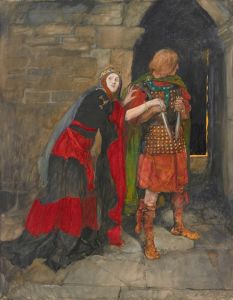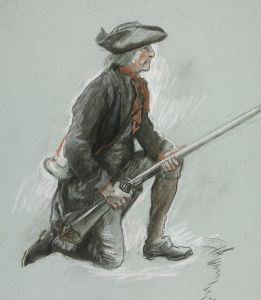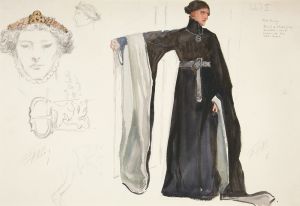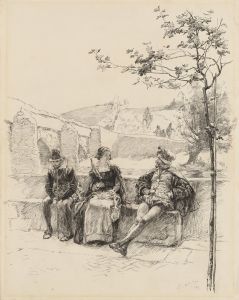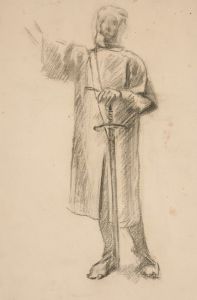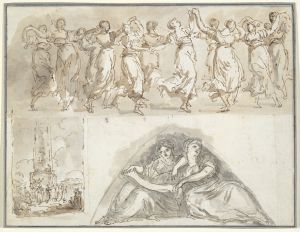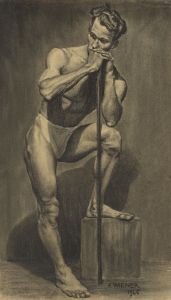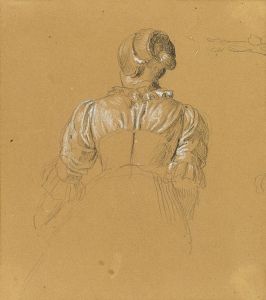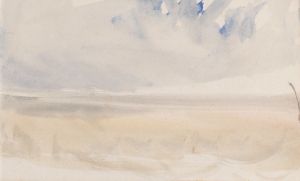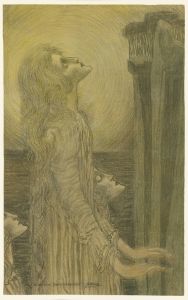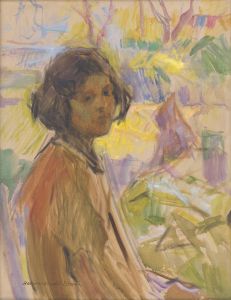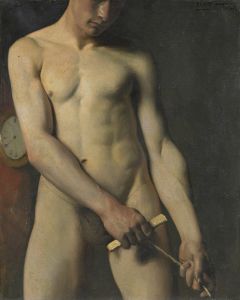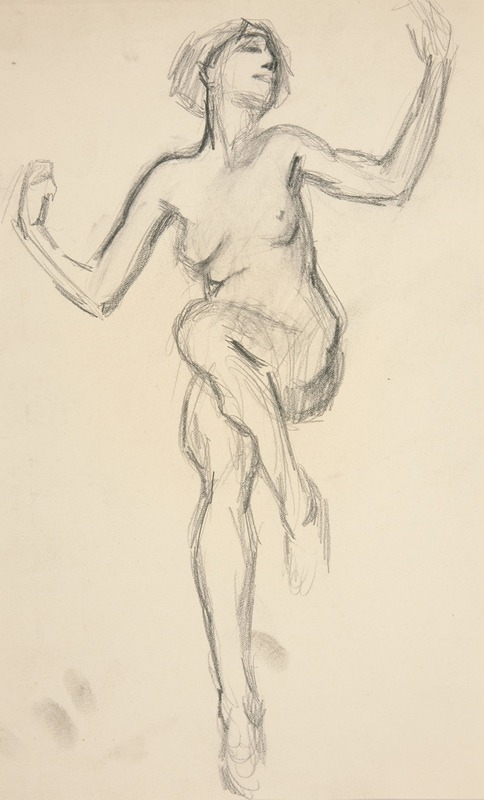
Figure study for ‘The Hours’ II
A hand-painted replica of Edwin Austin Abbey’s masterpiece Figure study for ‘The Hours’ II, meticulously crafted by professional artists to capture the true essence of the original. Each piece is created with museum-quality canvas and rare mineral pigments, carefully painted by experienced artists with delicate brushstrokes and rich, layered colors to perfectly recreate the texture of the original artwork. Unlike machine-printed reproductions, this hand-painted version brings the painting to life, infused with the artist’s emotions and skill in every stroke. Whether for personal collection or home decoration, it instantly elevates the artistic atmosphere of any space.
Edwin Austin Abbey was an American artist known for his illustrations and paintings, particularly those depicting scenes from literature and history. One of his notable works is "Figure Study for ‘The Hours’ II," which showcases his skill in capturing the human form and his interest in allegorical themes.
Abbey was born on April 1, 1852, in Philadelphia, Pennsylvania. He began his artistic career as an illustrator, contributing to magazines such as Harper's Weekly. His work in illustration was highly regarded, and he became known for his detailed and historically accurate depictions. Abbey's interest in historical and literary subjects led him to move to England in 1878, where he spent much of his career.
"Figure Study for ‘The Hours’ II" is a preparatory work for a larger project Abbey was involved in. The study reflects Abbey's meticulous approach to composition and his dedication to understanding the human anatomy. Such studies were common practice for artists of his time, allowing them to experiment with poses, lighting, and composition before committing to a final piece.
The concept of "The Hours" is often associated with the allegorical representation of time and its passage. In art, "The Hours" can be depicted as figures representing different times of day or aspects of life. Abbey's interest in allegory and symbolism is evident in his choice to explore this theme. His studies for "The Hours" would have involved careful consideration of how to personify these abstract concepts through the human form.
Abbey's work is characterized by its attention to detail and its narrative quality. He was influenced by the Pre-Raphaelite Brotherhood, a group of English painters known for their vibrant colors and intricate detail. This influence is apparent in Abbey's use of color and his focus on creating a sense of story within his paintings.
Throughout his career, Abbey received numerous commissions for murals and large-scale works. One of his most significant projects was the series of murals for the Boston Public Library, which depicted scenes from the legend of the Holy Grail. His ability to convey complex narratives through his art made him a sought-after artist for such projects.
Abbey's contributions to art were recognized during his lifetime, and he was elected to the Royal Academy in London in 1898. His work continues to be appreciated for its technical skill and its ability to capture the imagination.
"Figure Study for ‘The Hours’ II" exemplifies Abbey's dedication to his craft and his interest in exploring timeless themes through art. While the study itself may not be as widely known as some of his completed works, it provides insight into his artistic process and his approach to creating meaningful and evocative art. Abbey's legacy as an artist is marked by his ability to blend historical accuracy with imaginative storytelling, making his work enduringly relevant.






